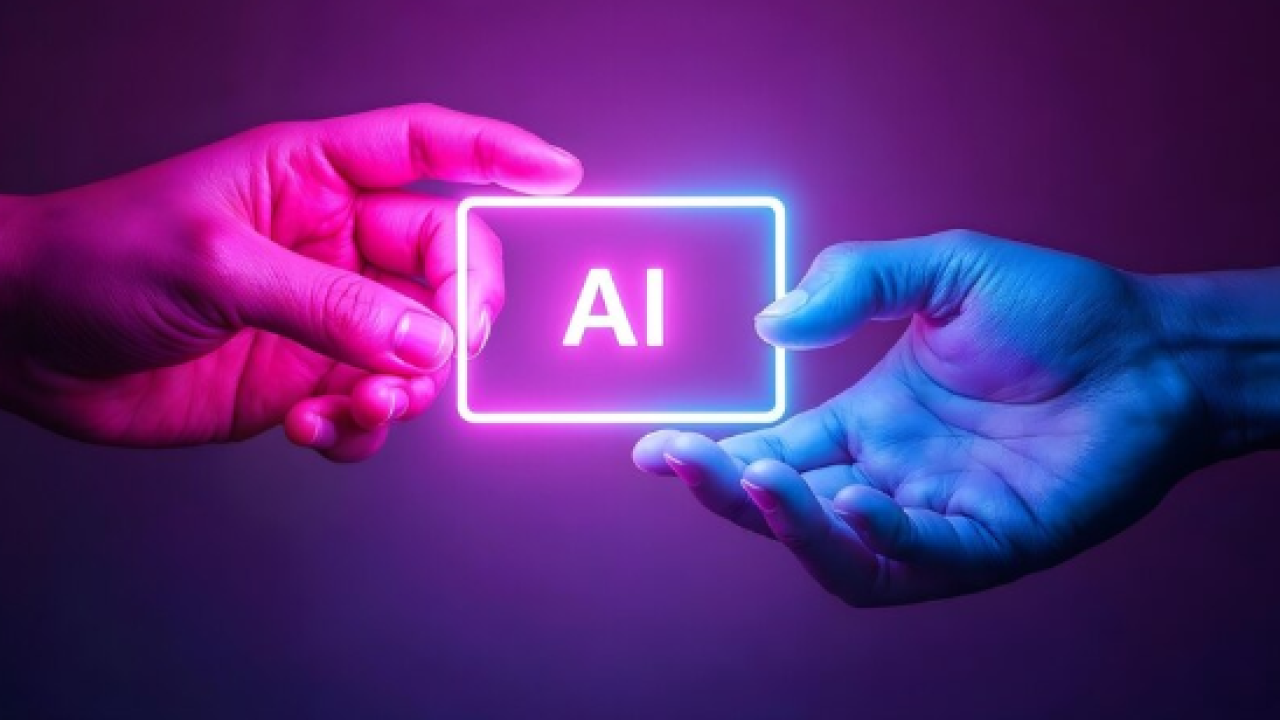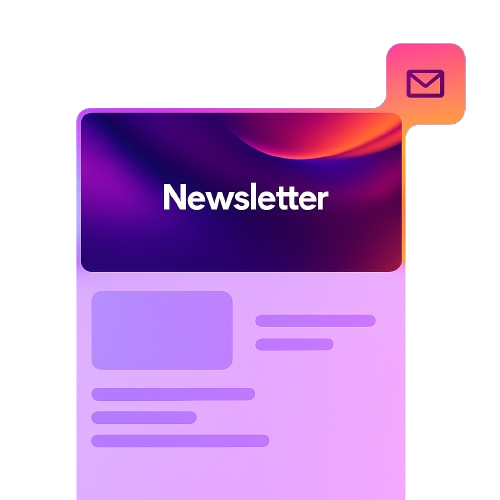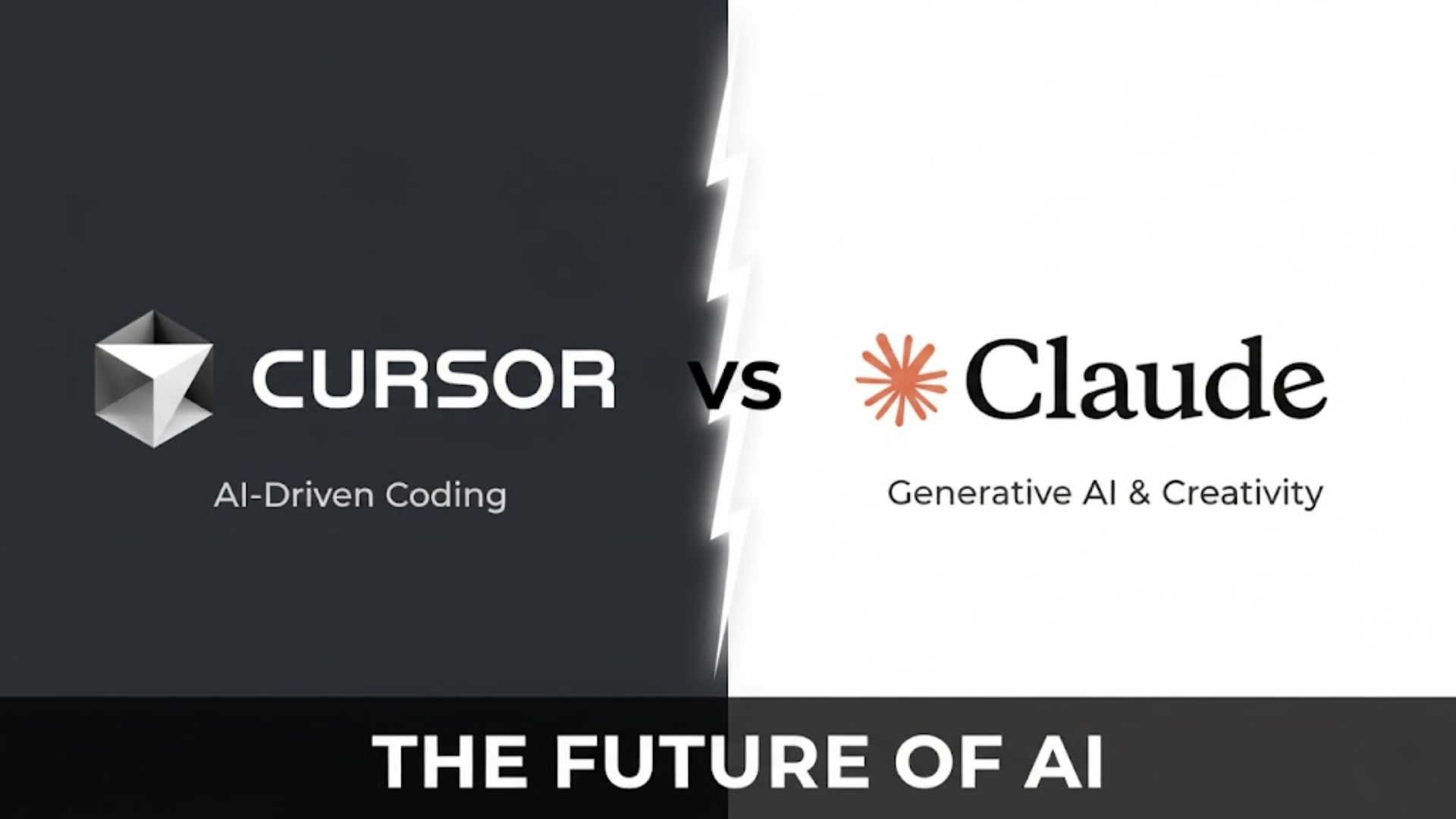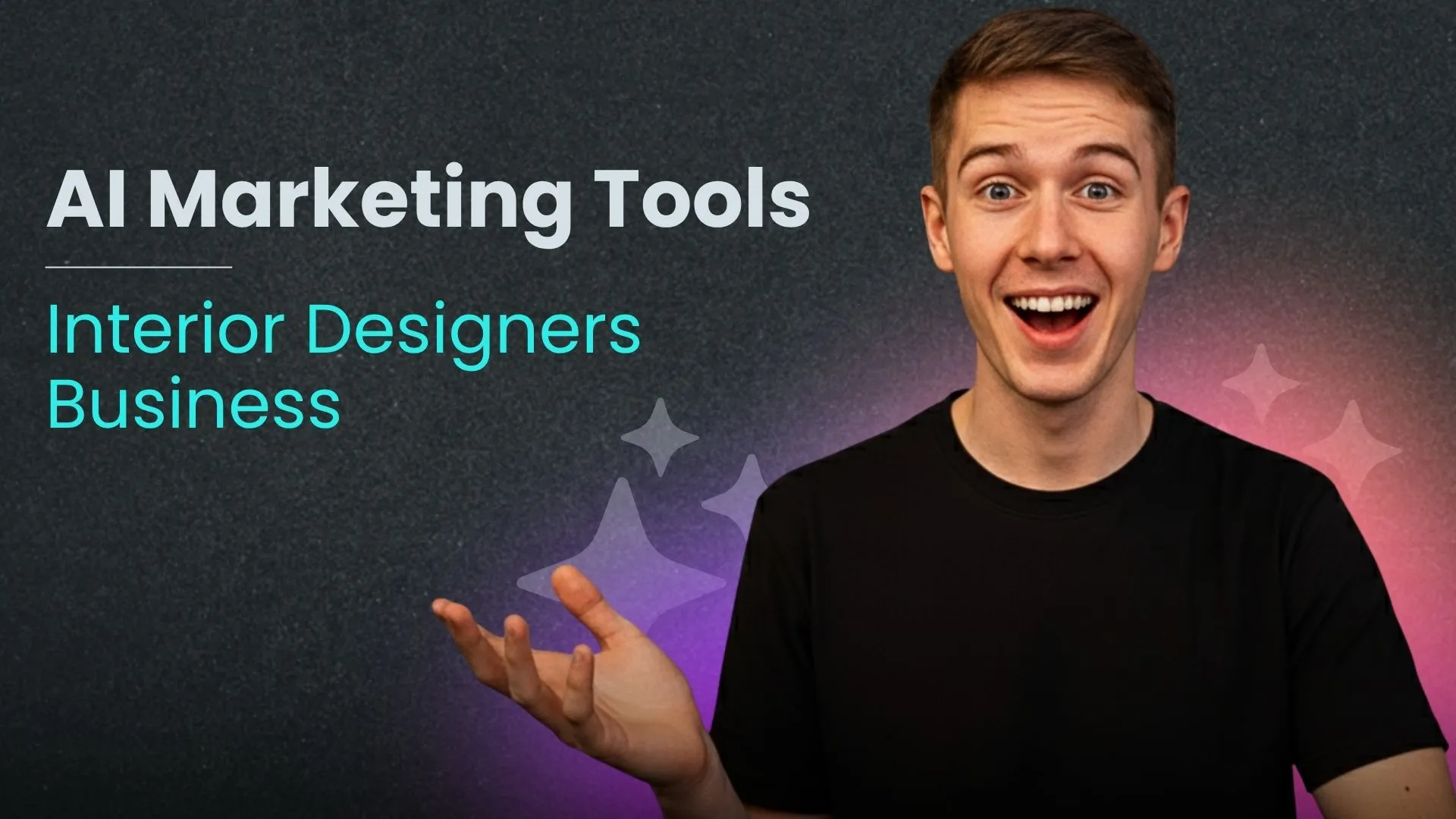An AI platform for web and app creation leverages artificial intelligence to simplify and accelerate the development process. It transforms natural language prompts or simple inputs into functional applications, automating complex coding, design, and logic tasks. This technology allows users to build robust, user-friendly apps faster and often without needing extensive technical skills.
These platforms cater to a wide range of users, from developers to businesses, aiming to create web, mobile, or progressive web apps efficiently. Many tools also offer features like customizable UI layouts, backend automation, and easy integration of workflows, making app development more accessible and streamlined.
Launch Your App Today
Ready to launch? Skip the tech stress. Describe, Build, Launch in three simple steps.
BuildBy removing much of the manual coding burden and focusing on intuitive inputs, AI platforms enable creators to focus on their ideas and user engagement rather than technical complexities. This shift is gradually changing how apps are designed, built, and launched in 2025.
What Is an AI Platform for Web and App Creation?

AI platforms for web and app creation combine artificial intelligence with development tools to simplify building mobile and web applications. These platforms automate technical tasks and enable faster production without extensive coding skills. They also enhance design, testing, and deployment phases.
Definition and Core Concepts
An AI platform for web and app creation is software that uses machine learning and natural language processing to generate functional applications from minimal input. Users often provide simple text descriptions, while the AI handles coding, UI design, backend logic, and integrations.
These platforms support multi-platform development, allowing users to build iOS, Android, and web apps from a single interface. Many include drag-and-drop elements and no-code or low-code features that let non-developers create complex apps efficiently.
The main goal is to reduce the need for manual coding. This approach democratizes app creation, making it accessible for individuals and businesses lacking professional programming expertise.
How AI Transforms App Development
AI automates repetitive and complex parts of app development such as generating code, designing layouts, and optimizing performance. It also accelerates debugging and testing by detecting issues faster than manual methods.
AI-powered platforms leverage natural language inputs to convert user intent into functioning features. This reduces time from idea to prototype and increases iteration speed.
They can personalize elements automatically, for example, adapting e-commerce apps to user preferences based on browsing data. This dynamic customization improves user experience without extra developer effort.
By handling backend setup, API connections, and responsive design, AI ensures apps work seamlessly across devices, simplifying the development lifecycle.
AI Versus Traditional No-Code Tools
Traditional no-code tools rely primarily on drag-and-drop interfaces and pre-built components. Users manually assemble app elements without writing code but still handle most logic and structure decisions.
AI platforms add a layer of intelligence by interpreting natural language prompts and generating functional application code automatically. This reduces manual configuration and speeds up creation.
While both empower non-technical users, AI platforms often include automated testing, debugging, and integration features that traditional no-code tools lack or require additional plugins for.
AI platforms tend to offer more dynamic and scalable solutions suited for complex workflows, whereas traditional no-code tools work best for simpler apps with fixed templates.
How Imagine.bo Works
Imagine.bo streamlines app creation by turning simple descriptions into production-ready applications. It guides users through clear steps to define their ideas, generates a detailed technical plan, and provides an easy build process with expert support.
Describe Your Idea in Plain English
Users start by explaining their app concept using everyday language. No coding or technical knowledge is needed; the platform understands plain descriptions and translates them into specific app requirements.
This approach suits non-technical founders and small teams who want to avoid the complexity of traditional development. It captures essential features, user flows, and goals clearly to ensure the app matches the original vision without ambiguity.
AI-Generated Blueprint
Once the idea is described, Imagine.bo uses AI to create a comprehensive blueprint. This includes app architecture, database design, and interface layouts, incorporating best practices from startup playbooks and design thinking principles.
The blueprint acts like a detailed plan senior engineers would follow, ensuring the app is scalable, maintainable, and aligns with industry standards. Users get a clear view of how their app will function before any code is produced.
One-Click Build With Expert Backup
After the blueprint is approved, the user triggers a one-click build process. Imagine.bo’s system compiles the design into fully functional, production-ready code.
The platform handles deployment, hosting, and setup automatically. Senior engineers monitor the process to address any issues and optimize performance, combining AI efficiency with human expertise for reliable delivery.
Key Features of Modern AI App Platforms
Modern AI app platforms are designed to simplify development while ensuring security, data insight, and scalability. They combine user-friendly interfaces with robust cloud infrastructure and compliance standards to meet the needs of diverse users.
Zero-Code Solutions
Zero-code platforms enable users to build AI-powered web and mobile applications without writing any code. These tools use visual interfaces, drag-and-drop components, and pre-built AI modules such as chatbots, voice recognition, and recommendation engines.
This approach appeals to non-technical users and accelerates development cycles. Integration with APIs and third-party services is often handled automatically. Many platforms include live previews so users can instantly see changes and test functionality.
Zero-code solutions also reduce reliance on specialized developers, lowering costs and allowing faster iteration. However, these platforms usually offer customization options for more advanced users to extend app capabilities.
Professional-Grade Security and Compliance
Security is critical for AI app platforms, especially when handling sensitive information. Most modern solutions provide compliance certifications including GDPR for data privacy in Europe and SOC 2 for operational security standards.
Encryption, role-based access, and multi-factor authentication protect data and user accounts. Platforms often integrate audit logging and vulnerability scanning to monitor potential risks.
Ensuring compliance helps organizations meet regulatory mandates and safeguards user trust. This is essential for apps processing personal data or operating in regulated industries such as finance or healthcare.
Automated Analytics and Dashboards
AI platforms typically include built-in analytics dashboards that provide real-time insights into app performance and user behavior. These tools display key metrics like user engagement, error rates, and conversion funnels.
Automation allows developers and product teams to track trends without manually aggregating data. Some platforms offer customizable reports and alerts to quickly identify issues or opportunities.
Visual dashboards present complex datasets clearly using charts, tables, and heat maps. Integrations with external analytics services improve flexibility and enable deeper analysis.
Scalable Cloud Deployments
Modern AI app platforms rely on scalable infrastructure from providers like AWS, Google Cloud Platform (GCP), and Vercel. This ensures apps can handle varying user loads without performance degradation.
Cloud hosting supports features such as auto-scaling, global content delivery, and fault tolerance. Developers benefit from simplified deployment pipelines and unified management consoles.
Scalable cloud deployments make it possible for startups and enterprises alike to launch apps that grow seamlessly. This eliminates bottlenecks related to hardware limitations or architecture constraints.
Benefits of Using AI Platforms for Web and App Creation
AI platforms streamline development by automating complex coding tasks and optimizing workflows. They provide valuable advantages for a range of users, from solo makers and founders to small agencies working on client projects. These benefits enhance productivity, reduce costs, and speed up delivery without compromising quality.
Accessibility for Non-Developers
AI platforms enable individuals without programming skills to build web and mobile apps. Using natural language input or visual editors, users can create functional interfaces, connect backend logic, and automate workflows without writing code.
This democratization of app creation allows solo makers and founders to prototype ideas independently. Small agencies can also leverage AI tools to develop client projects faster, reducing reliance on specialist developers. Intuitive platforms lower the barrier to entry, making app development more inclusive and expanding who can bring digital products to market.
Rapid MVP Development
AI tools accelerate the creation of minimum viable products (MVPs) by generating UI elements, backend code, and integrations automatically. This efficiency helps startups and solo makers validate ideas quickly and iterate based on user feedback.
With faster MVP delivery, founders can focus more on refining product features and business strategy. Small agencies benefit by meeting tight deadlines and handling multiple projects simultaneously. AI-driven development cycles can shrink from weeks or months to days, improving time-to-market significantly.
Cost and Time Savings
By automating coding, testing, and deployment, AI platforms reduce the hours developers need to spend on routine tasks. This lowers project costs, benefiting startups and agencies with limited budgets.
AI tools often support cross-platform development, enabling teams to create apps that run on multiple devices from a single codebase. This decreases maintenance overhead and speeds updates for client projects. Overall, AI platforms maximize resource efficiency while maintaining high-quality output.
Getting Started With AI App Creation
Starting with AI app creation involves steps that establish access, initial engagement, and project planning. These early phases shape how smoothly developers can move from idea to functional application.
Joining Private Betas
Private betas offer early access to AI platforms before public release. Participants often gain the ability to test new features and provide critical feedback for refinement.
Gaining entry usually requires application or invitation. Developers should prepare to demonstrate relevant experience or a clear project concept to stand out.
Using private betas allows early familiarization with tools and APIs, helping reduce future development time. However, expect limited documentation and occasional instability during these phases.
Onboarding and Waitlists
Onboarding varies by platform but generally includes account setup, verification, and initial tutorials or demos.
Many AI platforms use waitlists during high demand. Positioning on a waitlist can depend on factors like user profile, project potential, or prior beta participation.
Waiting periods may range from days to weeks. Staying engaged with community forums or updates often helps maintain readiness for onboarding once access is granted.
Idea Submission and Project Setup
Idea submission is the formal process where developers outline their app concept to the platform. This may involve filling out detailed forms or pitching to a review team.
Clear, concise descriptions of problem-solving goals and expected AI use cases improve chances of approval.
Project setup typically follows with configuring environments, defining workflows, and integrating AI services. Platforms often provide templates or toolkits to accelerate this step.
Proper planning in this phase ensures alignment with platform capabilities and smoother development progress.
Pricing and Plans for AI App Platforms
AI app platforms offer a range of pricing options designed to fit different business needs and budgets. These include initial free access periods, varied subscription plans, and the cost benefits compared to traditional app development methods.
Beta Access and Free Trials
Many AI app platforms provide beta access or free trial periods to let users explore features before committing financially. Beta access often grants early use of new tools or updates, helping users test functionality and stability.
Free trials typically last from 7 to 30 days and offer full or limited platform features. This allows startups and solo developers to evaluate usefulness without upfront costs. For example, some platforms provide access to AI-generated code and design tools during the trial.
Access during beta or free trials generally requires no payment information initially, reducing barriers for new users. This model helps users gauge efficiency and ROI potential before switching to paid service plans.
Subscription Models
Most AI app platforms use subscription-based pricing, with plans ranging from around $19 per user per month to higher tiers depending on features and usage limits. Basic plans usually include access to AI design tools, app automation, and limited publishing capabilities.
Higher-tier subscriptions expand functionality, offering multi-platform app deployment, advanced integrations, and API access. Pricing often scales with the number of users or projects.
Users can expect monthly or annual billing cycles. Discounts are common for yearly commitments. Subscription models emphasize predictability in spending and encourage scaling within budget.
Cost Comparison With Traditional Development
Developing an AI-driven app through these platforms typically costs significantly less than traditional coding methods, which can range from $30,000 to more than $150,000. AI platforms reduce costs by automating coding, design, and testing phases.
Traditional development involves hiring developers, designers, and testers, often leading to higher labor costs and longer timelines. AI platforms streamline workflows with automation that lowers ongoing maintenance expenses.
This cost-effectiveness is especially valuable for startups and small businesses needing faster deployment with constrained budgets. The trade-off may include less customization but faster time to market.
Expert Support and Collaboration
Successful web and app creation platforms depend heavily on expert support and efficient collaboration. Skilled professionals provide guidance to overcome technical challenges, while cohesive teamwork ensures smooth project execution and timely delivery.
Role of Senior Engineers
Senior engineers play a critical role in navigating complex development tasks and optimizing AI-driven platforms. They focus on architecture design, code optimization, and troubleshooting issues that may arise during the build process.
Their expertise enables accurate assessment of which AI tools and integration methods best suit project requirements. They also mentor junior developers, ensuring knowledge transfer and maintaining code quality standards.
In many cases, senior engineers customize AI solutions to align with specific business needs, improving scalability and performance. Their technical decisions directly affect the reliability and extensibility of the application.
Agency and Team Coordination
Agencies working on AI-enabled app projects rely on well-structured collaboration between various specialists. Clear communication channels and defined roles prevent misalignment and help meet deadlines.
Regular updates and shared documentation tools facilitate transparency among developers, designers, and project managers. This coordinated approach reduces duplication of effort and accelerates problem resolution.
Teams using AI platforms benefit from shared access to version control, testing results, and deployment pipelines. This setup streamlines workflows and encourages proactive identification of risks before launch.
Effective coordination bridges the gap between technical complexity and business goals, ensuring that the developed product delivers value on time.
Best Practices and Future Trends in AI-Powered App Development
AI-powered app development requires rigorous attention to security, scalability, and innovative applications. Developers must address evolving technical and regulatory challenges while leveraging new AI capabilities to meet user demands and business goals.
Security and Compliance
Security checks are essential throughout AI app development. Developers must protect sensitive data through encryption, secure APIs, and continuous vulnerability assessments. Implementing role-based access control minimizes unauthorized data exposure.
Compliance with data privacy regulations like GDPR or CCPA is mandatory. AI brings complexity because models may process personal or sensitive information, requiring clear data handling policies. Transparency in AI decision-making and audit trails improve accountability.
Regular penetration testing and automated security tools help identify weaknesses early. Establishing security protocols during the design phase reduces costly fixes later. Collaborating with legal and compliance teams ensures apps meet all necessary standards.
Scalability Considerations
AI applications must efficiently handle growth in users and data volumes. Scalable cloud infrastructure, such as containerized microservices, allows apps to adjust resources dynamically. Load balancing and horizontal scaling prevent bottlenecks and maintain performance.
AI models require optimization to reduce computational load. Techniques like model pruning, quantization, and edge computing improve responsiveness and lower costs. Monitoring system performance continuously helps identify scaling limits before failures occur.
Developers should design modular architectures that separate AI components from core app functions. This approach simplifies updates and integration of new AI features. Automated deployment pipelines facilitate rapid scaling without downtime.
Emerging AI Use Cases
New AI use cases in app development focus on personalization, automation, and enhanced user interfaces. Conversational AI chatbots are increasingly integrated to provide real-time customer support and reduce manual workloads.
Predictive analytics enable apps to offer tailored recommendations and anticipate user needs, improving engagement. Computer vision powers features like image recognition, augmented reality, and quality control in retail or healthcare apps.
Future trends include the rise of AI-driven content generation and decision-support systems. Developers are exploring multi-modal AI, which combines text, images, and voice, to create richer user experiences. These innovations demand ongoing learning and adaptation to balance functionality with ethical considerations.
Launch Your App Today
Ready to launch? Skip the tech stress. Describe, Build, Launch in three simple steps.
Build




